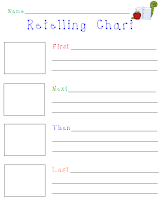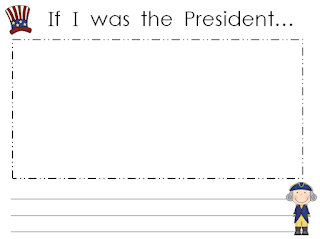Multiple
ways to Make 10
using
Addition Equations
and Ten-Frames!
~Make double-sided copies of the
recording sheets for students~
Click HERE for your copy!
Multiple ways to develop skills include:
·
Fill in the ten-frames and write
equations.
·
Have students choose a themed ten-frame
and use it to record an equation and fill in the corresponding frame.
·
Have students choose a themed domino and
use it to record an equation and fill in the corresponding frame.
·
Use dice or number cards to fill in
frames and write equations.
CCSS:
K.OA.4 For any number from 1 to 9, find the number that makes 10
when added to the given number, e.g., by using objects or drawings, and record
the answer with a drawing or equation.
K.CC.3 Write numbers from 0 to 20.
K.CC.4 Understand the relationship between numbers and quantities;
connect counting to cardinality.
K.CC.5 Count to answer “how many?” questions about as many as 20
things arranged in a line, a rectangular array, or a circle, or as many as 10
things in a scattered configuration.
Enjoy
~Holly


























